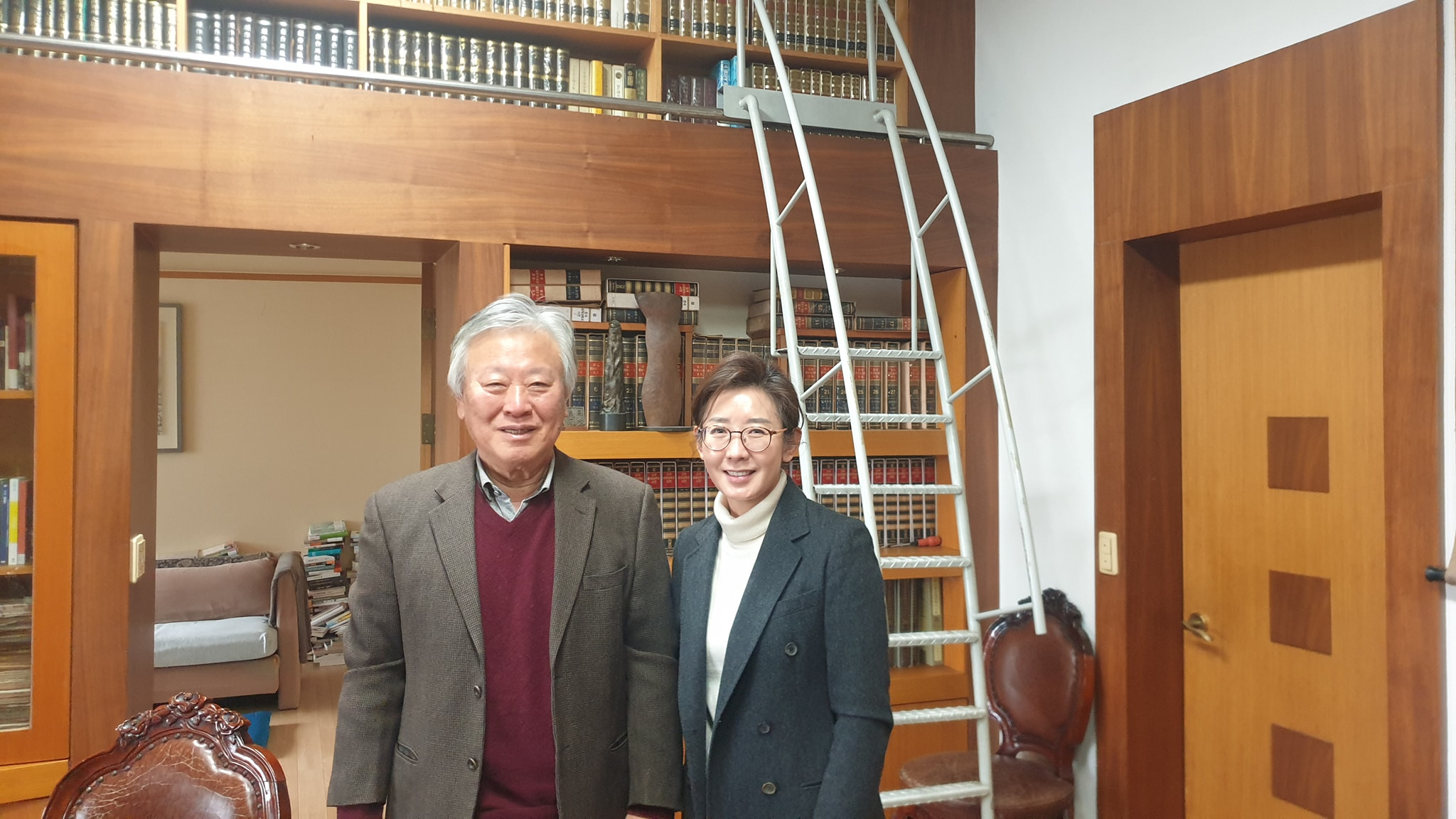
 500 years ago woman statue discovered by a Mexican farmer
500 years ago woman statue discovered by a Mexican farmer▶ Click here for a larger view
–
Cesar Cabrera, 52, a farmer from Veracruz in eastern Mexico, found a strange chunk of limestone protruding while plowing a field to plant watermelon.
The mass that he carefully dug up on January 1 of this year in cooperation with others was an old human-sized statue of a woman.
According to Reuters and Mexico’s National Institute of Anthropology and History (INAH) on the 29th (local time), the sculpture found by Cabrera is believed to be a relic of the ancient Wastekian culture in the Gulf of Mexico.
Researchers at INAH, who were contacted by Cabrera and looked at the statue, released a press release earlier this month, giving it the meaning that it was the first Wasteka woman to be discovered and welcoming “2021 will start with good news.”
INAH estimates that this statue was made around 1450-1521, the latter half of the post-high school period.
 –
–
 500 years ago woman statue discovered by a Mexican farmer
500 years ago woman statue discovered by a Mexican farmer▶ Click here for a larger view
–
The woman in the 2m tall statue is wearing a feather headdress with her eyes wide open and her mouth open.
Experts analyzed that this woman could be a noble woman such as a queen or a mixture of a goddess and aristocratic woman.
“The Gulf of Mexico is one of the best sculptural traditions,” said Kim Richter, an expert in the art of Wasteca at the Getty Institute in the United States.
Sara Radron, an archaeologist at Veracruz University in Mexico, called for the government’s attention, saying that the fact that the precious Wasteka statue was fortunately discovered by a non-archaeologist was “a reminder that we have a past to keep and relics to explore.” did.
[연합뉴스]
Copyrights ⓒ Yonhap News. Unauthorized reproduction and redistribution prohibited
–
–

